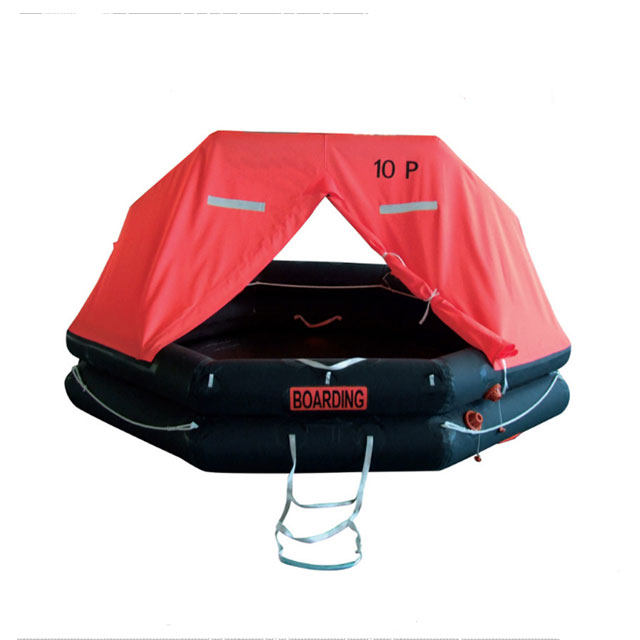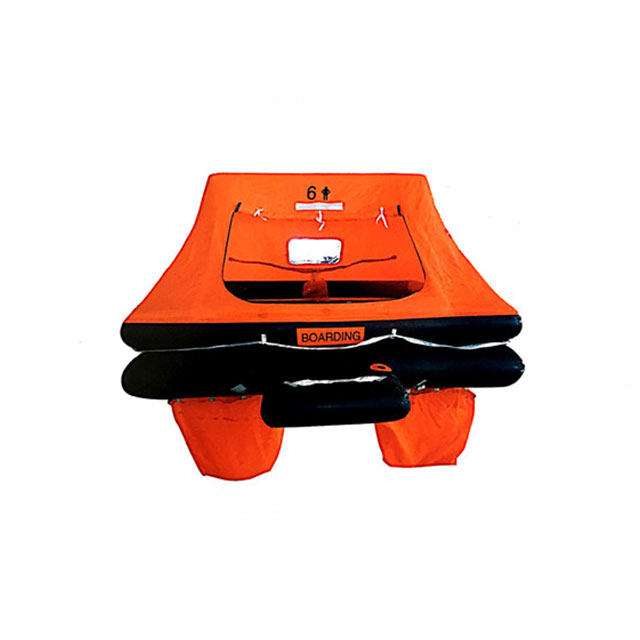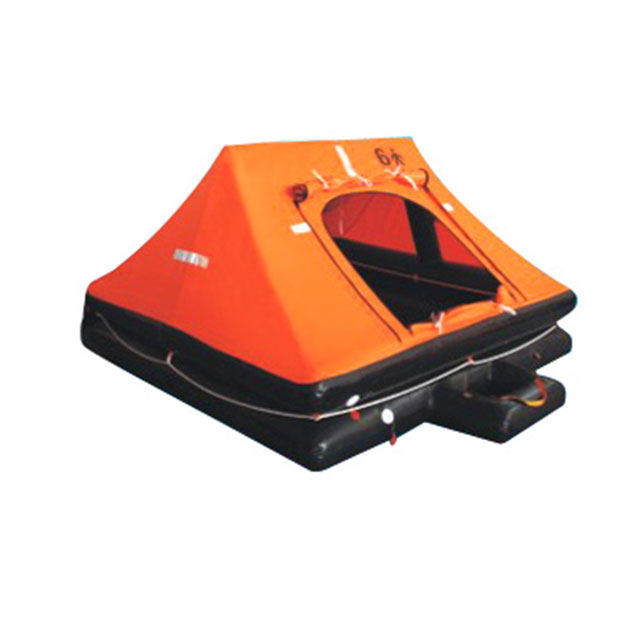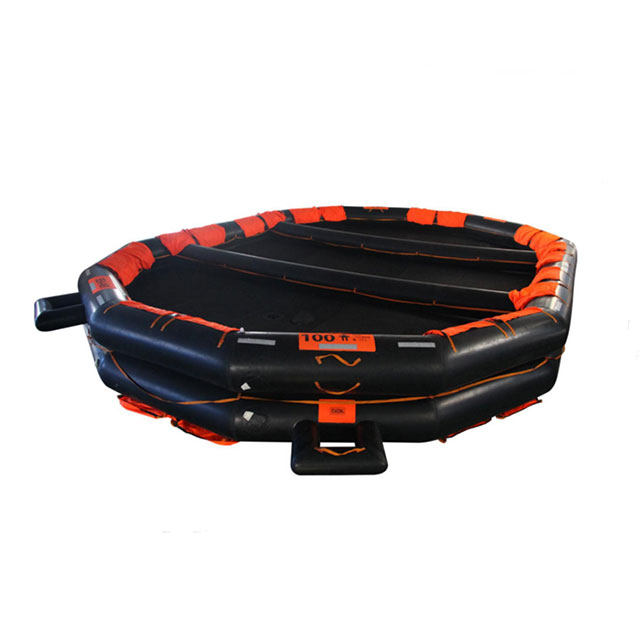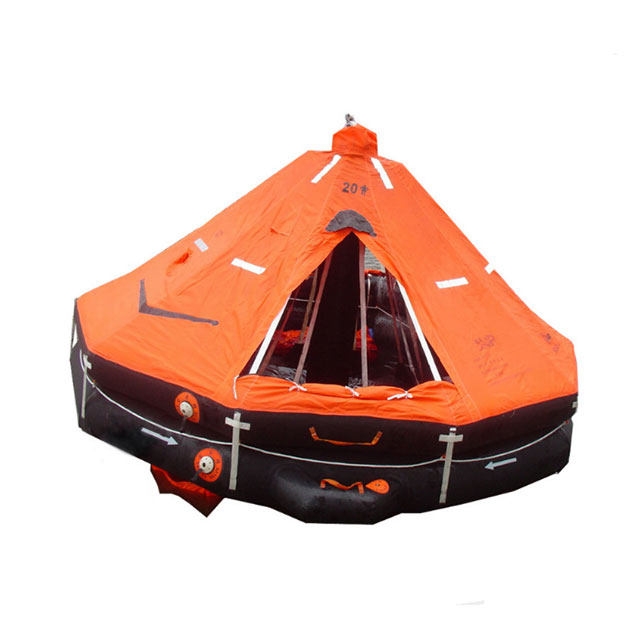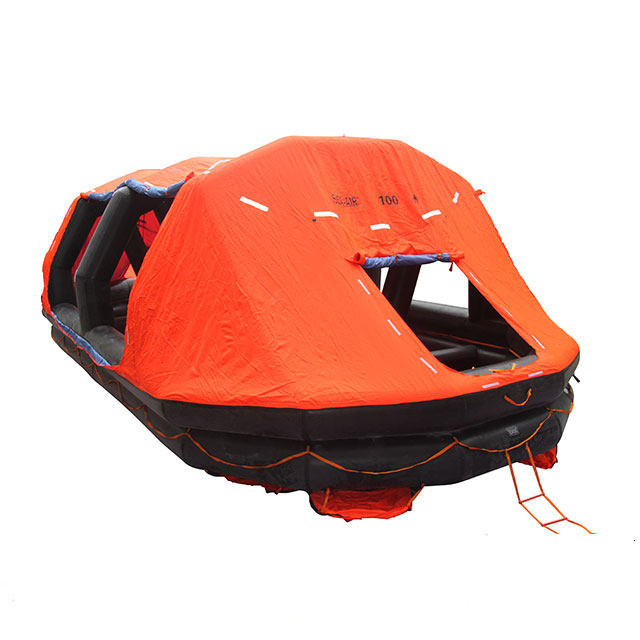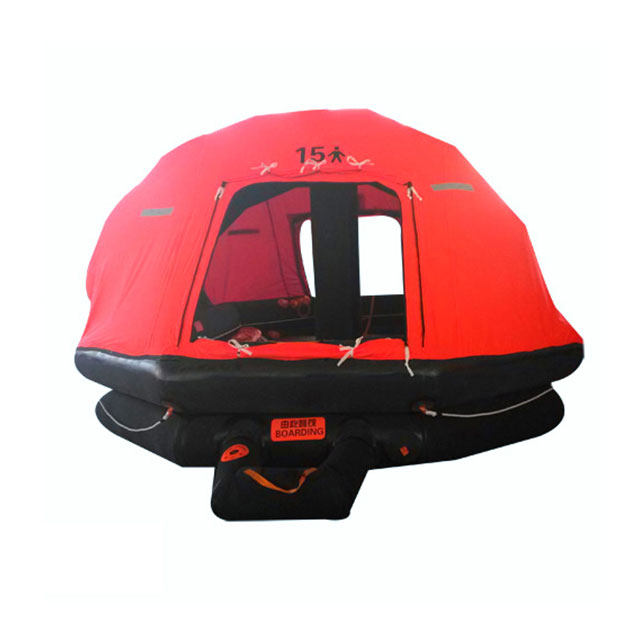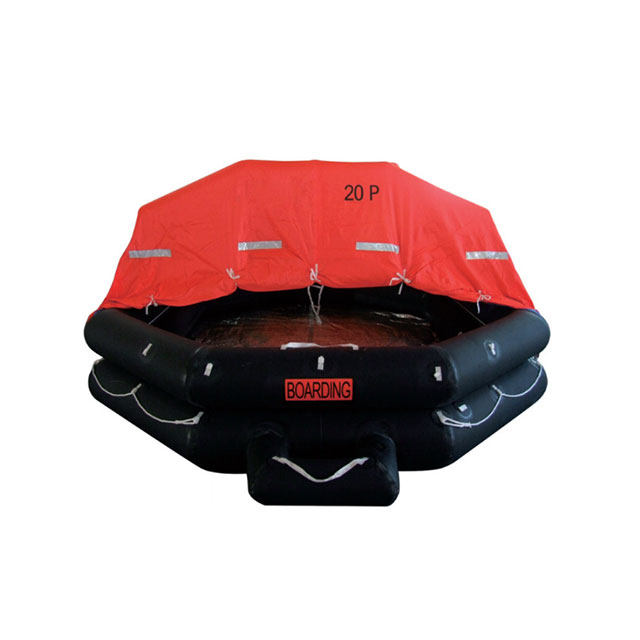Self-inflating Life Rafts for Extreme Weather Conditions
In the field of marine safety, the reliability of life-saving equipment is essential particularly in harsh conditions of weather. One of the most crucial pieces of emergency gear on any vessel is the life raft. Self-inflating life rafts are the standard for quick deployment and survival at sea. When designed specifically for eextreme weather conditions, these inflatable life rafts provide superior protection, functionality and durability in the most extreme maritime conditions.

Table of Contents
What are Self-inflating Life Rafts
Self-inflating life rafts are compact sealed units that expand upon contact with water or manually deployment by pulling a cord. In contrast to traditional life rafts which need manual inflating, self-inflating rafts utilize compressed gas cylinders to be inflated in a matter of seconds, which reduces the time to react and boosting survival odds in the event of maritime emergencies.
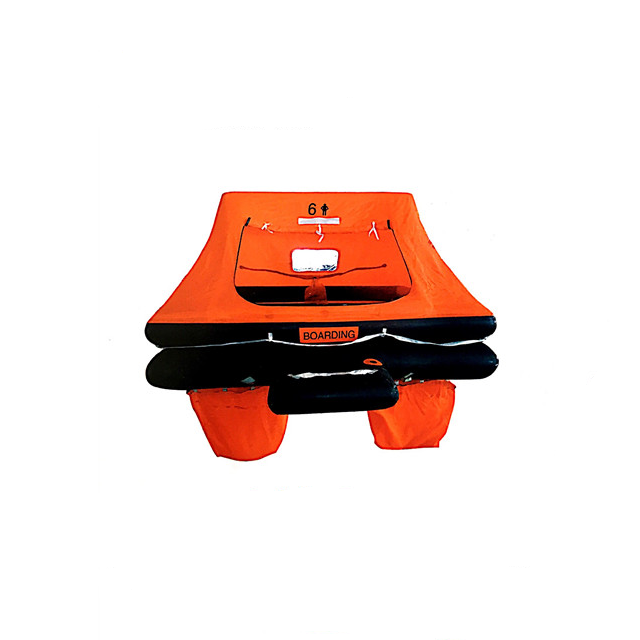
Key Features of Self-Inflating Life Rafts for Extreme Weather Conditions
Self-inflating liferafts exceed the safety standards of standard life rafts and incorporate specialized features to guarantee stability, warmth, visibility and durability during emergencies at sea.
1. Rapid and Automatic Inflation System
The most essential characteristics of life rafts is the automated inflation system. In the event of a sinking vessel or an emergency occurs the speed of response is crucial. Throw-over self-inflating rafts have gas cylinders that are high-pressure, and typically loaded with CO2 or mixture of CO2 and Nitrogen. When activated, either manually with an electric pull cord or by a hydrostatic release mechanism, the gas is able to inflate the raft within moments. This makes it easy to access the raft even when visibility and time are limited. This is particularly important during severe weather or cold water emergencies.
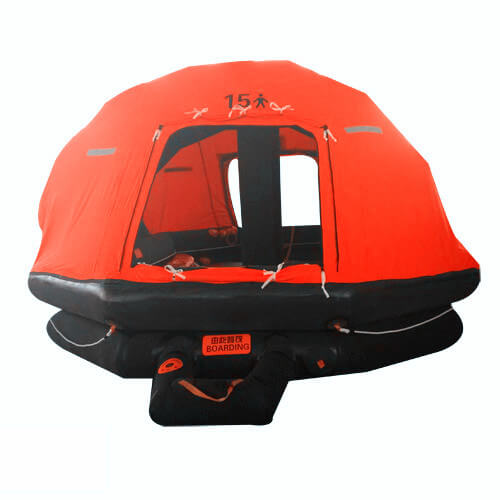
2. Self-Righting Capability for Capsizing Protection
In extremely rough weather conditions at sea, a liferaft could sink due to strong storms or violent waves. To prevent this from happening, many advanced rafts are constructed with self-righting abilities. This means that the raft will instantly return to its upright position, without the need for the assistance of its those in the raft. This feature is especially important in rough seas in which survivors might be cold, injured, or otherwise unable to manually correct the raft’s location.
3. Advanced Ballast Systems for Stability
Stability in turbulent waters is crucial. Self-inflating liferafts designed for extreme conditions come with ballast bags that are deep or chambers that are filled with water to boost the weight and prevent drift. These systems stop excessive capsizing or rolling and aid in keeping the raft in place against waves and wind, ensuring an extra secure and stable space for the people who are on board.
4. Multi-Layered Canopy for Environmental Protection
The protection from elements is crucial in any survival scenario. The rafts typically have a triple or double-layered canopy that is made from UV-resistant and water-resistant materials. The canopy is designed to block the elements of wind, rain and ocean spray and also retains heat inside the raft. Certain canopy types also have insulation in the inner linings as well as ventilation ports which can be opened or shut depending on the conditions.
5. Thermal-Insulated Floor to Prevent Hypothermia
Extreme weather life rafts have an insulated floor that is thermally insulated to avoid the loss of heat through contacts with freezing water. This layer offers crucial protection against hypothermia that can occur quickly in icy waters. It also enhances comfort during long waits for rescue, particularly in subpolar or subpolar zones.
6. High-Visibility Exterior and Signaling Aids
To help rescue teams locate survivors, visibility is crucial. Life rafts are constructed with bright, high-visibility colors like yellow or orange and come with reflective tape, which improves visibility in dim lighting conditions. Some also have the option of strobe lights and flags that further enhance detection when conducting search and rescue missions.
7. Durable Construction Materials for Harsh Environments
Liferafts in harsh weather conditions are constructed using high-strength weather-resistant, high-strength materials such as polyurethane-coated nylon and rubberized fabrics. They are chosen for their resistance to UV radiation, saltwater, mechanical wear and ice. Seam welds are either heat-bonded or strengthened to make sure that the raft is watertight and airtight even when under pressure.
8. Integrated Survival Equipment
Survivalists require more than just shelter. Life rafts are equipped with already-packed survival kits which include food, water thermal blankets, flares first aid equipment, paddling equipment, and even an emergency radio beacon that indicates position (EPIRB). These are vital for ensuring the safety of life and signaling the rescuers in the event of an accident.
These life-saving equipment is essential for survival and is included in most SOLAS-compliant and ISO 9650-certified self-inflating life rafts. Additional gear may be included depending on the raft size and regional maritime regulations.
| Category | Item | Purpose |
| Basic Needs | Emergency Water Rations | Prevent dehydration during prolonged drift |
| High-Calorie Food Bars | Essential energy and nutrients | |
| Thermal Blankets | Keep warm and prevent hypothermia. the body’s heat | |
| Bailing Scoop / Sponge | Take out any water that gets into the raft | |
| Seasickness Tablets | Reducing nausea and maintaining function | |
| First Aid | Basic First Aid Kit | Injuries that are not serious, treat wounds and minor injuries and stop infections |
| Burn Dressing / Bandages | Take care to treat injuries caused by cold, fire or friction | |
| Signaling and Visibility | Handheld Flares (Red/Smoke) | Rescue teams from the Signal Corps during both night and day |
| Signal Mirror | Reflect the sun’s rays to draw the attention of | |
| Whistle | Send sound signals within close proximity | |
| Flashlights or Strobe Light (often waterproof) | Increase visibility in the evening or low-light conditions. | |
| Navigation and Control | Sea Anchor (Drogue) | Stabilize and slow the speed of the raft |
| Paddles | Limit the use of navigation and orientation. | |
| Rescue Quoit (Throw Line using Floating Ring) | Assist in rescuing survivors from the water. | |
| Protection and Comfort | Canopy Repair Kit | Leaks, tears or leaks can occur in the canopy when used for long periods of time |
| Manual Air Pump | Reinflate raft chambers if pressure drops | |
| Instruction Manual / Survival Guide | Offer guidance on survival strategies and equipment use |
9. Easy Boarding Features
In rough seas or following long exposure to freezing water, getting on life rafts may be a challenge. To facilitate the entry process, rafts are fitted with ramps for boarding and ladders or inflatable steps. These can help fatigued or injured people get aboard quickly and decrease the chance of injury from further exposure to water.
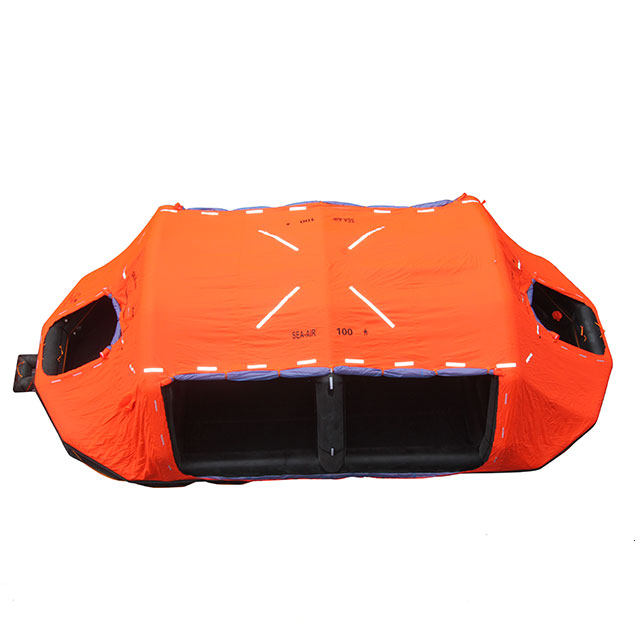
Advantages of Self-inflating Life Rafts Over Conventional Life Rafts
Self-inflating life rafts offer the greatest safety advantages over conventional life rafts, particularly in extreme and unpredictable marine conditions. Their rapid deployment, integrated stability and built-in survival features make them the ideal option for modern marine security.
| Advantage | Self-inflating Life Rafts | Conventional Life Rafts |
| Deployment Speed | Automatically inflate in just a few seconds upon activation | Inflate manually, which is usually lengthy |
| Ease of Use | Simple pull-cord or auto release operation | It could involve several steps and physical exertion |
| Automatic Activation | Inflation is triggered by hydrostatic release even when left unattended | Most often, we rely on human interaction for setting up |
| Compact Storage | Small sealed canisters, valises or sealed containers. | Sometimes, they are bulkier and take up less space. |
| Better Suitability for Emergencies | It is designed for emergencies that are sudden, such as rapid sinking | In time-critical or situations of panic |
| Improved Stability | Complete with deep ballasts as well as self-righting functions. | Could be deficient in ballast, or capsize easily in rough seas |
| Enhanced Weather Protection | It has insulated floors as well as multi-layered canopy | Most of the time, there isn’t much or no protection |
| Integrated Survival Kits | Food, water and signaling equipment | It may not contain survival gear or require storage in a separate location. |
| Durability and Regulation Compliance | Typically, the construction is designed to meet the SOLAS/ISO standards required for use in harsh environments | Might be basic models that are not designed for extreme weather. |
| Maintenance and Inspection | Simple inspection through sealed containers that have service indicators | Might require additional hands-on inspections to verify the readiness of the system. |
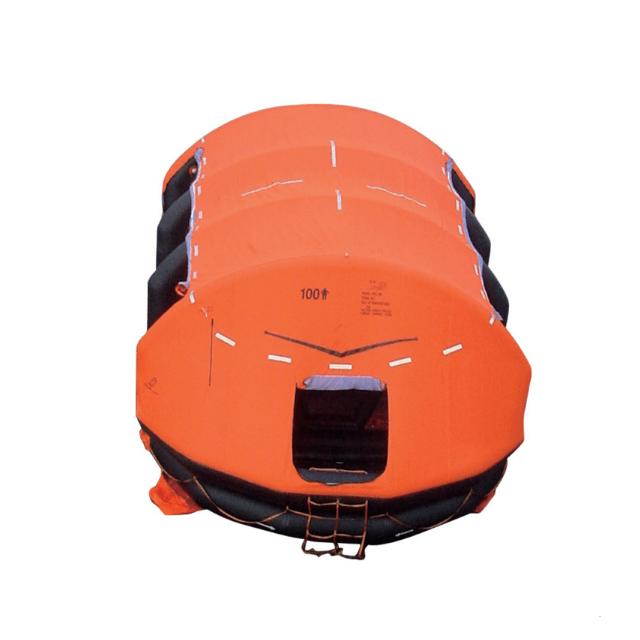
Applications of Self-inflating Life Rafts in Extreme Weather Conditions
This chart illustrates the way self-inflating life rafts can be essential to safety strategies in a wide range of maritime sectors, especially when operating in extremely or unpredictable weather conditions.
| Application Area | Description |
| Commercial Shipping | These are used on tankers, cargo ships, and container vessels that operate in open oceans that are susceptible to high seas and storms. |
| Offshore Oil & Gas Platforms | Use as emergency evacuation devices in the event of storms, blowouts or fires on offshore drilling or production sites. |
| Polar and Arctic Expeditions | Important for research vessels and icebreakers to navigate the frigid waters and unpredictably conditions of polar weather. |
| Military and Naval Operations | Navy fleets use it in extreme and hostile marine environments to deploy quickly in the event of a disaster or conflict. |
| Fishing Vessels in Harsh Waters | Assist in emergency evacuation in the event of storms, capsizing or floods that are rapid in fishing areas that are remote. |
| Search and Rescue Operations | Transported on SAR boats and aircrafts to help in deploying secure shelters for rescues at sea in extreme weather. |
| Passenger Ferries and Cruise Ships | In the case of mechanical failure as well as extreme weather conditions near the coastline or in open waters. |
| Yachts and Private Vessels | For recreational sailors travelling through areas that are remote or prone to storms like open oceans and high-latitude routes. |
| Coast Guard and Emergency Response Teams | The ship is deployed to train, patrol and rescue operations in the most challenging sea states. |

Future Trends in Self-Inflating Life Rafts for Extreme Weather Conditions
Self-inflating life rafts are developing to meet the challenges of harsher and less predictable conditions. The future is pointing to more efficient, lighter and more durable designs that incorporate the latest advanced materials and technologies.
1. Integration of Smart Technology
A new generation of self-inflating rafts will likely include intelligent features, such as integrated GPS and satellite communication systems and automated distress signals. This technology will allow the real-time tracking of survivors as well as the automatic notification of rescue agencies when the raft is deployed. Digital sensors can also be used to be used to monitor temperature, pressure and occupant’s status sending important details to the rescue coordination centres.
2. Advanced Lightweight Materials
Material science plays major roles in the development of rafts. Future rafts will be made of lightweight yet extremely durable materials including advanced polymers or high-performance composites that provide better resistance to abrasions and extreme temperatures as well as UV degradation. These fabrics will lower the weight of rafts but not compromise their the strength of the raft, making it easier for transporting, storing and deploy.
3. Improved Insulation and Environmental Protection
To safeguard survivors from exposure and hypothermia Future rafts will include improved thermosealing, multiple-layered canopy as well as radiant barrier linings that are energy efficient. The new designs may also incorporate climate-controlled interiors that can help regulate the temperature and humidity in long-term survival scenarios in the polar regions, or during extreme storms.
4. Modular and Scalable Designs
Innovative raft designs can allow modular rafts that allow individual units to connect to create larger platforms. This is especially beneficial when it comes to offshore platforms, maritime operations or large passenger vessels in which the possibility of putting survivors in rafts that are connected can enhance comfort, morale and sharing of resources.
5. Autonomous Deployment and Navigation
Based on autonomous vessels, the future rafts could have auto-steering capabilities as well as sea anchors which are able to dynamically adapt to current and wind conditions. This could increase stability and assist in guiding the raft to safe zones or shipping lanes increasing the likelihood of being spotted and rescued.
6. Expanded Sustainability and Eco-Compliance
With the increasing emphasis on the environment, manufacturers will likely opt for environmentally friendly manufacturing methods and biodegradable materials whenever they are. Innovative designs will seek to minimize the environmental impact of life rafts and not compromise their the performance, particularly in one-time use emergencies.
7. Enhanced Survivability Kits
Survival packs that are self-inflating life rafts will keep evolving by incorporating nutrient-rich, longer-lasting meals, smaller medical devices and even evacuation desalination equipment. The beacons for rescue can be powered by solar or powered by body heat as well as kinetic power, thus extending their capabilities during extended emergencies.
8. Customization and Vessel-Specific Engineering
Innovations in manufacturing flexibility will enable customized life rafts that are tailored to the type of vessel and the mission’s profile and operating conditions. This could result in optimized designs for oil rigs Arctic research ships or high-speed vessels which will improve the efficiency of deployment and integration.
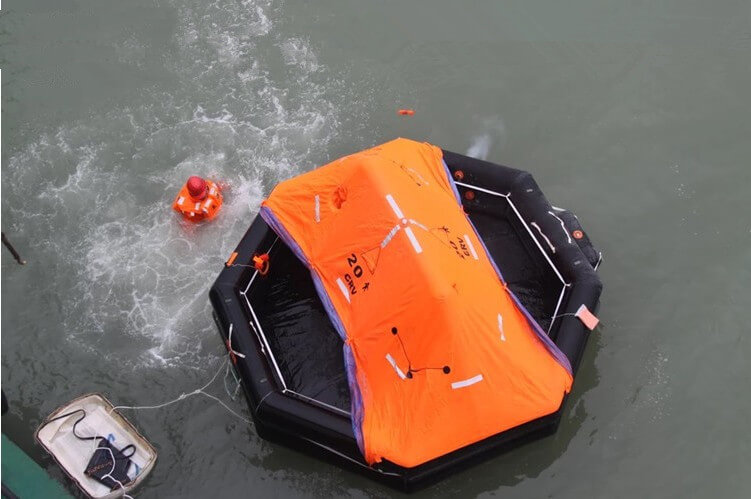
Summary
Extreme weather presents dangerous and unpredictable challenges at sea. Self-inflating life rafts that are designed to withstand these conditions are critical for maritime survival strategies. Their rapid deployment, rugged design, and built-in survival systems make them necessary for vessels that are navigating rough seas.


